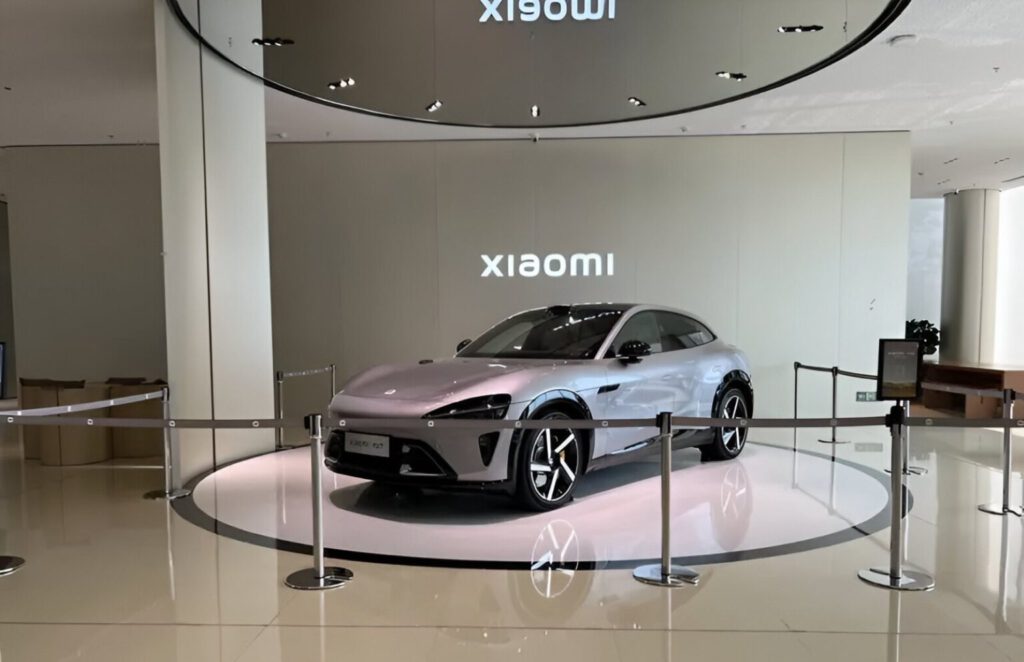Xiaomi has filed a patent for a high-density electrode structure, marking its formal entry into solid-state battery development. The design features a layered electrode assembly with an integrated current collector, multiple material layers—including active materials, conductive agents and binders—and a solid electrolyte composed of polymers and metal salts. According to the patent, the solid electrolyte penetrates the full thickness of the electrode layers, reducing ion-transport distances and improving both ionic conductivity and energy density.
The company notes that the proposed electrode structure is compatible with existing lithium-ion battery production lines, which could streamline scaling to mass production. Xiaomi’s patent also describes a Cell-to-Body (CTB) architecture that delivers a reported 77.8% volume efficiency. In this configuration, the battery pack reaches a total height of 120 millimeters—when combined with the vehicle floor—optimizing space utilization and improving weight distribution.
Performance projections for the prototype include a CLTC-rated driving range exceeding 1,200 kilometers and an 800-kilometer charge in just 10 minutes under fast-charging conditions. These figures underscore Xiaomi’s focus on addressing two critical barriers in solid-state technology: insufficient ionic conductivity and slow charging in thicker electrodes.
Xiaomi’s entry into solid-state batteries aligns with ongoing efforts by major industry players. Companies such as CATL, BYD, Toyota, SAIC and BMW are advancing their own solid-state programs. BMW has begun road testing solid-state cells in its i7 prototype, while CATL and SAIC aim for small-scale production by 2027. Toyota has indicated plans to launch its first solid-state models between 2027 and 2028.
Solid-state batteries replace the liquid electrolyte of conventional lithium-ion cells with solid materials, promising gains in energy density, safety and thermal stability. Nonetheless, challenges remain—including low conductivity, interfacial contact issues and lithium dendrite formation. Researchers continue to explore sulfide, oxide and polymer electrolytes, each presenting trade-offs in conductivity, stability and manufacturability.
Analysts suggest Xiaomi’s patent could pave the way for its own solid-state packs in future EVs—potentially a successor to the SU7—reducing reliance on external suppliers. While industry projections place widespread solid-state adoption past 2030, Xiaomi’s move underscores growing momentum toward the next battery frontier.
Source: CarNewsChina
















